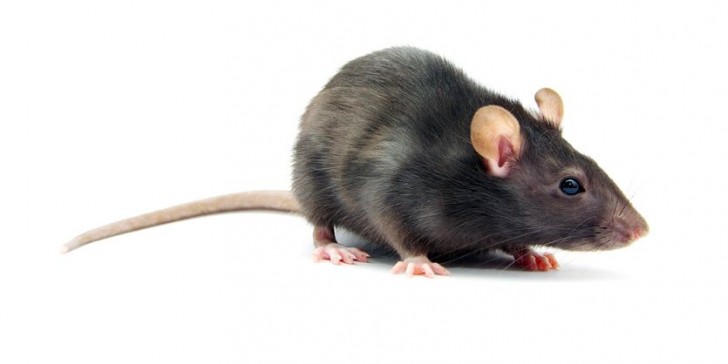Auswirkungen von Nanomaterialien auf Embryonen im Fokus

Eine Forschungsgruppe um Dr. Timothy R. Nurkiewicz an der West Virginia University School of Medicine untersucht die Auswirkungen von Nanomaterialien auf die embryonale Entwicklung von Ratten. In einer soeben publizierten Studie konnten sie erstmals zeigen, dass die Inhalation von Titaniumdioxid durch trächtige Ratten negative Auswirkungen auf die Gesundheit der Embryonen haben kann. Lesen Sie in diesem Artikel die Zusammenfassung der bisherigen Forschungsresultate (ScienceDaily, auf Englisch)
Dr. Nurkiewicz is internationally recognized as a leader and pioneer in this growing area of toxicology, and the WVU studies are the first formal investigations of their kind.
"We already know microvascular function is negatively impacted by breathing nanomaterials," Nurkiewicz said, summarizing his research program's discoveries over the previous years. "Microscopic blood vessels cannot dilate after nanomaterial inhalation, so crucial blood flow to our various organs is impaired."
"We considered the greater ramifications of this risk on various human health outcomes, and came to the alarming realization that the impact of these exposures on maternal and fetal health is essentially unknown," he continued. "If fresh, oxygenated blood isn't reaching a mother's uterus, how is fetal development affected? Our initial studies revealed maternal nanomaterial exposures during gestation results in fewer and smaller offspring."
Research showed that litters of animals exposed to nanoparticle aerosols were smaller in size and in the weight of each individual offspring. This indicates that offspring were lost during development, and those that remained had less than ideal conditions to develop.
As Nurkiewicz and his team go forward, they will identify safe nanomaterials, the underlying mechanisms contributing to their initial observations, the genetic impacts and what the maternal exposure limits are.
These groundbreaking observations are unique to the work of the team members. They have already published their initial findings in the American Journal of Obstetrics and Gynecology, one of the premier obstetrics and gynecology journals in the country.
"To our knowledge, we are the first to report that maternal inhalation of humanmade nanomaterials creates a hostile gestational environment capable of impacting fetal health," Nurkiewicz said. "The hope is that with more study, this can be avoided by determining exactly what a safe level of exposure is. Nanotechnology has so many potential benefits to offer our future collective public health, but as any toxicologist will tell you, it's frequently a thin line between a therapeutic dose and a toxic one."
Widespread industrial use of nanomaterials is a relatively new innovation, only becoming common in manufacturing over the past decade. In addition to the dangers posed to fetal development, unregulated amounts of nanoparticles in the environment are now known to affect us at the cellular level, and the genetic consequences could be at the root of the greatest public health crises, including heart disease, hypertension, obesity and diabetes.
"We're starting to notice that some of these things we can't see around us may have a contributing effect to diseases and conditions genetically passed down in families," Nurkiewicz said. "We have always considered many of these controllable by behavior modification, but we're getting some insight into why this could be an uphill battle and more difficult for each successive generation."
Collaborating with Nurkiewicz on this project are Vince Castranova, Ph.D., at the National Institute for Occupational Health; Diandra Leslie-Pelecky, Ph.D., in the WVU Department of Physics and Astronomy; and John Hollander, Ph.D., in the WVU Department of Exercise Physiology.
The team's ongoing research is supported by a four year, $1.2 million competitive grant renewal from the National Institutes of Health and the National Institute of Environmental Health Sciences, grant number ES015022.
Quelle: Science Daily
Den Artikel auf ScienceDaily finden Sie hier (externer Link)
Die Publikation in der Fachzeitschrift American Journal of Obstetrics & Gynecology finden Sie hier (externer Link, nicht frei verfügbarer Inhalt)
Weitere Informationen:
info@innovationsgesellschaft.ch